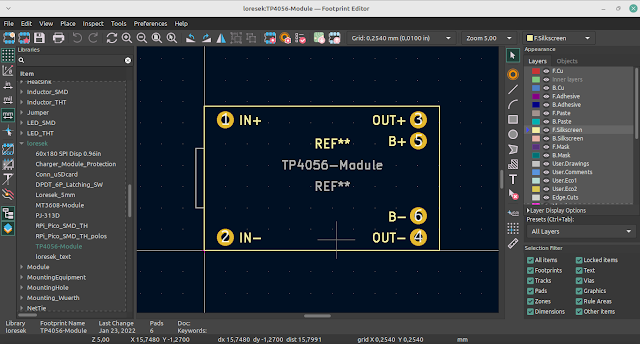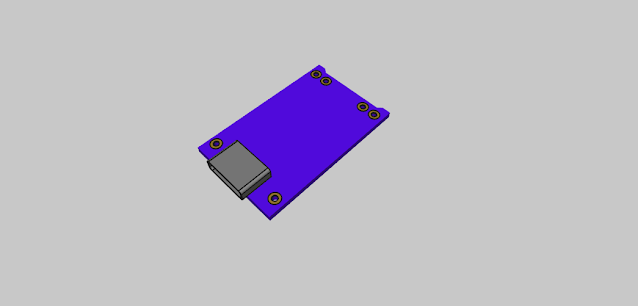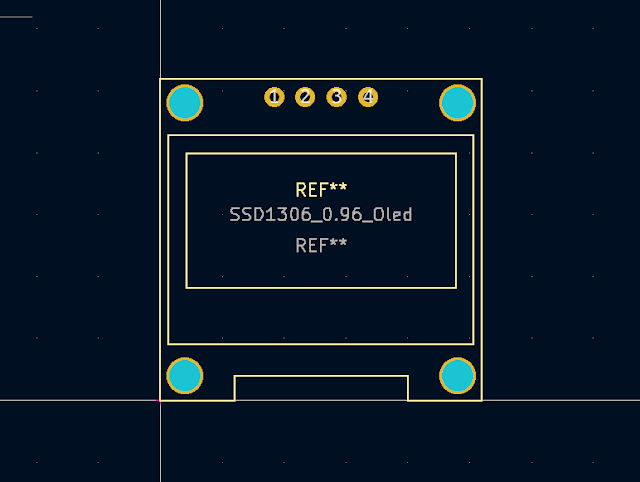KiCAD Common Problems Overview and Tips and Tricks to Overcome The Problems
During my time using KiCAD, there were a few common issues that caught my attention. Here are several common problems that I'm often encounter when using KiCAD:
- Library Issues: One of the biggest challenges in KiCAD is keeping libraries up-to-date and ensuring that they are complete and error-free.
- Complexity: For users who are new to electronic design, KiCAD can be quite complex and difficult to learn.
- Stability issues: The software has had stability issues in the past, although these have improved with recent releases.
- Slow performance: KiCAD can be slow when working with large designs, especially when it comes to schematic capture and layout.
- 3D Model Generation: Generating 3D models for components can be challenging and time-consuming.
- Documentation: The documentation for KiCAD can be difficult to navigate, making it hard for users to find the information they need.
- Gerber Viewer: The built-in Gerber viewer can be limited in its capabilities, making it difficult to accurately visualize the final product.
Here are some tips and tricks to help you overcome some of the common problems encountered when using KiCAD:
- Library Issues: To keep libraries up-to-date, use the built-in library manager to update the libraries regularly. You can also contribute to the library by submitting any missing components or fixing any errors you find.
- Complexity: To simplify the learning process, consider taking a course or tutorial on KiCAD. There are also many resources available online, including video tutorials and forums where you can ask questions and get help.
- Stability issues: To address stability issues, make sure to keep KiCAD up-to-date with the latest version. It's also a good idea to regularly backup your work to avoid losing it in the event of a crash.
- Slow performance: To improve performance, try using a fast computer with a lot of memory and storage. Also, consider using a separate drive for your projects to improve performance.
- 3D Model Generation: To make 3D model generation easier, consider using pre-made models from libraries or creating your models using tools like FreeCAD.
- Documentation: To improve your experience with the documentation, try searching online for specific tutorials or videos that cover the topics you need help with.
- Gerber Viewer: To get the most out of the Gerber viewer, consider using an external Gerber viewer that has more advanced capabilities.
By following these tips and tricks, you can overcome many of the common challenges faced when using KiCAD and improve your experience with this powerful electronic design tool.
Despite these challenges, KiCAD is a powerful and widely-used open-source tool for electronic design, and its community of users and developers is actively working to address these and other issues.











